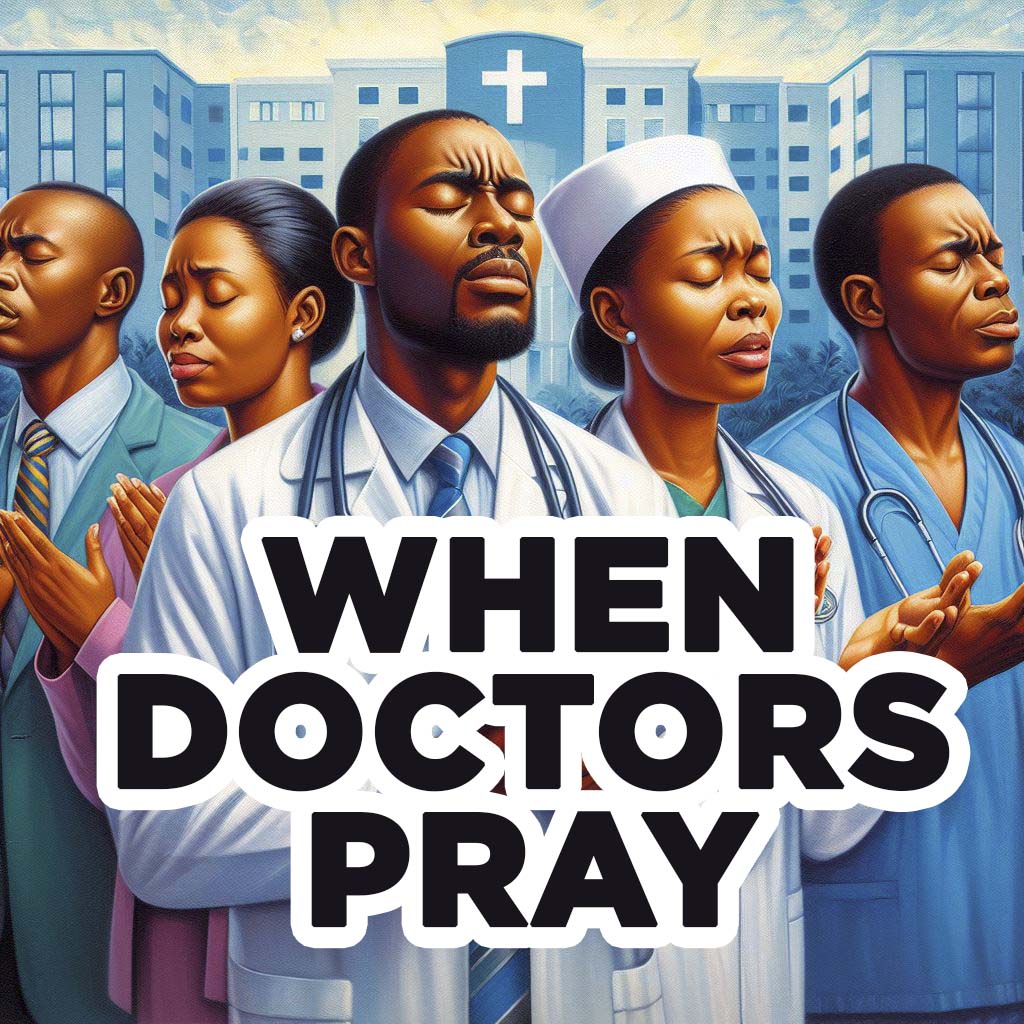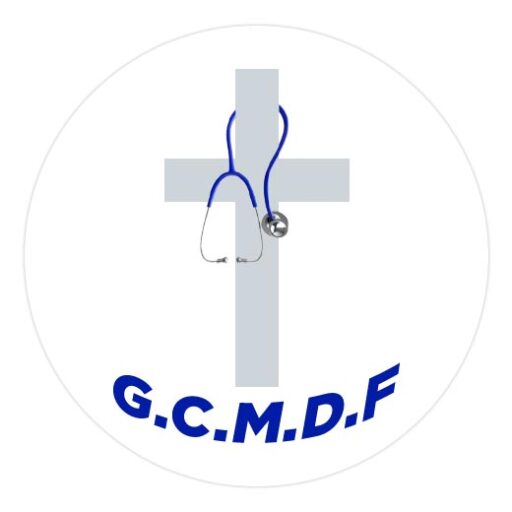I used to scoff at the idea of prayer in a medical setting. I was a man of science, of logic, of hard facts. But then I witnessed something that shook me to my core.
It was a young girl, barely clinging to life in the ICU. Her parents were beside themselves with grief, their faces etched with fear and desperation. The doctors had done all they could, but it seemed like she was slipping away before our very eyes.
In a last-ditch effort, the parents asked if they could pray over their daughter. I hesitated, unsure of what good it would do. But I allowed them to proceed, thinking it couldn’t hurt.
As they began to pray, something shifted in the room. A sense of peace washed over us all, a feeling of hope and faith that I had never experienced before. The parents poured their hearts out, begging for a miracle, for their daughter to be healed.
And then, something miraculous happened. The monitors began to beep erratically, the nurses rushed in, and to our amazement, the girl’s vital signs began to stabilize. It was as if a divine presence had entered the room, guiding us all towards healing.
From that moment on, I knew that there was power in prayer. I saw firsthand how integrating spirituality into medical practice could bring about profound healing, not just physically, but emotionally and spiritually as well.
I may still be a man of science, but I now understand that there are forces at work in this world that go beyond what we can see and touch. And I will never underestimate the healing power of prayer again.

Integrating Spirituality into Medical Practice
In the realm of healthcare, the concept of healing extends beyond the physical body to encompass the mind, spirit, and emotions. While medical science offers a plethora of treatments and interventions for various ailments, there exists a profound dimension of healing that transcends the material realm—the healing power of prayer. In this blog post, we will explore the significance of integrating spirituality into medical practice and how prayer can be a transformative force in the healing process.
At the core of many faith traditions, including Christianity, prayer is regarded as a sacred practice that fosters communion with the divine. It is a means of seeking solace, guidance, and healing in times of distress and illness. From ancient times to the present day, prayer has been a source of strength and comfort for individuals facing health challenges, offering a sense of connection to something greater than themselves.
For Christian healthcare practitioners, prayer holds a central place in their approach to patient care. By acknowledging the spiritual dimension of health and illness, they recognize that healing encompasses not only the alleviation of physical symptoms but also the restoration of wholeness and well-being on a deeper level. Through prayer, healthcare providers can offer support and encouragement to patients, inviting them to draw upon their faith as a source of comfort and resilience.
Numerous studies have explored the effects of prayer on health outcomes, with some suggesting that prayer can have positive effects on patients’ well-being and recovery. While the mechanisms underlying these effects are not fully understood, many healthcare professionals have witnessed the profound impact of prayer in their own clinical practice. Whether through personal prayer, intercessory prayer by religious communities, or spiritual support from healthcare chaplains, prayer can serve as a powerful catalyst for healing and transformation.
Integrating prayer into medical practice requires sensitivity, respect, and cultural competence. Healthcare providers must recognize and honor the diverse spiritual beliefs and practices of their patients, creating a safe and inclusive environment where individuals feel free to express their faith and seek spiritual support. By incorporating prayer into patient-centered care plans, healthcare professionals can address not only the physical aspects of illness but also the emotional and spiritual needs of their patients.
Moreover, prayer can also benefit healthcare providers themselves, offering solace and strength in the face of the challenges and stresses of their profession. By cultivating a personal practice of prayer and spiritual reflection, clinicians can nurture their own well-being and resilience, enabling them to sustain their commitment to compassionate care over the long term.
In conclusion, the integration of prayer into medical practice represents a holistic approach to healing that honors the interconnectedness of body, mind, and spirit. By embracing spirituality as an essential aspect of patient care, healthcare professionals can tap into the profound healing power of prayer, offering hope, comfort, and support to those in need. As we navigate the complexities of modern healthcare, may we remain mindful of the transformative potential of prayer in promoting healing, wholeness, and flourishing for all.

